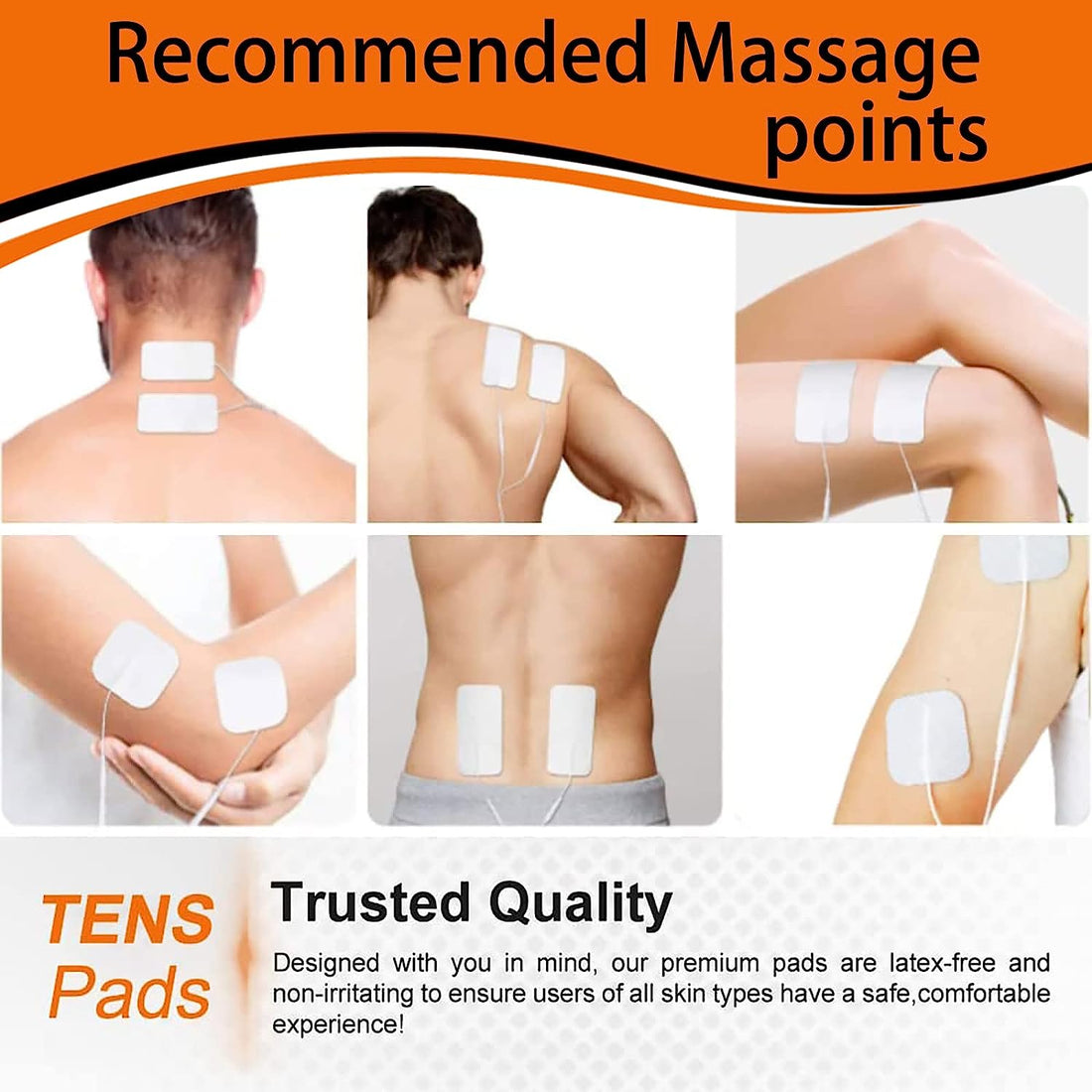Running leg soreness

Leg soreness after running is usually caused by lactic acid accumulation, muscle fatigue, running posture problems, or sudden increase in exercise intensity. Effective relief can be achieved through stretching and relaxation, alternating cold and hot compresses, controlling exercise intensity, and adjusting running posture. In most cases, medical attention is not necessary, but if the pain persists or worsens, timely examination is necessary.
1、 Reasons for leg soreness
Lactic acid accumulation: Lactic acid produced by anaerobic metabolism of muscles during intense exercise cannot be eliminated in a timely manner, causing a feeling of soreness. one
Muscle micro injury: During running, the calf muscles contract repeatedly and the muscle fibers tear slightly (normal training response). After recovery, the muscles will become stronger and more resilient. two
Running posture errors: such as excessive foot stomping, excessive stride, and center of gravity leaning back, leading to compensatory force exerted by the calf muscles. three
Excessive physical activity: Suddenly increasing the distance or intensity of running, exceeding the muscle's ability to adapt.
2、 A quick way to relieve soreness
Static stretching (hold for 20-30 seconds each time): 1
Push your toes against the wall and stretch the back of your calves;
Bow forward and stretch the deep muscles of the calf.
Alternating cold and hot compress: 2
During the acute phase (within 24 hours), apply ice packs for 10 minutes to reduce inflammation;
Heat compress or soak in warm water after 48 hours to promote blood circulation.
Massage and relax: Use the palm or foam shaft to roll and press from the ankle to the knee to relieve the tension of fascia. three
Reduce exercise load: During periods of soreness, reduce running intensity and switch to low impact exercises such as brisk walking or swimming. four

3、 Tips for preventing leg soreness
Dynamic warm-up before running: high leg lifts, ankle joint loops, and other movements activate the calf muscles. one
Gradually increase running distance: The increase in weekly running distance should not exceed 10%, giving muscles time to adapt. two
Adjust running posture details: 3
Keep your body slightly forward and reduce the force of your feet on the ground;
Shorten the stride and increase the step frequency to 170-180 steps per minute;
Bend your knees slightly when landing to avoid landing your toes first.
Choose shock-absorbing running shoes: Running shoes with good arch support can reduce calf pressure. four

4、 Situations that require vigilance
If the following symptoms occur, it is recommended to seek medical examination:
Pain persists for more than a week and does not improve after rest;
Local obvious swelling or skin redness and fever;
Pressing may cause a stinging sensation or accompanied by numbness;
Pain intensifies during nighttime rest.
Possible issues such as tibial stress syndrome, tendinitis, or muscle strain require professional diagnosis.
Daily practice of heel training (tiptoeing) and hook toe movements can enhance the endurance and elasticity of calf muscles. Long term persistence can significantly reduce the probability of soreness.



